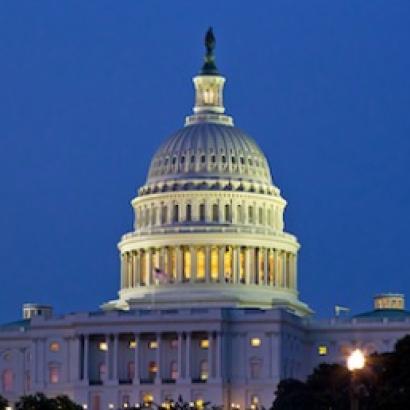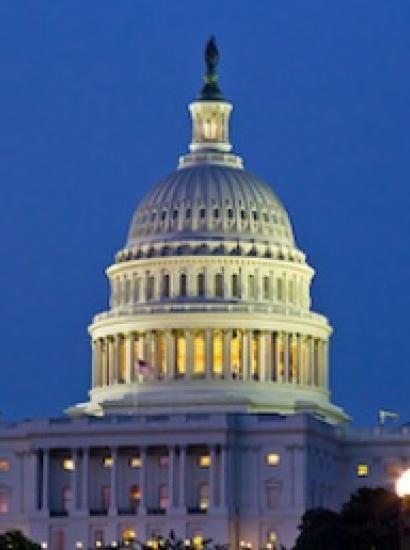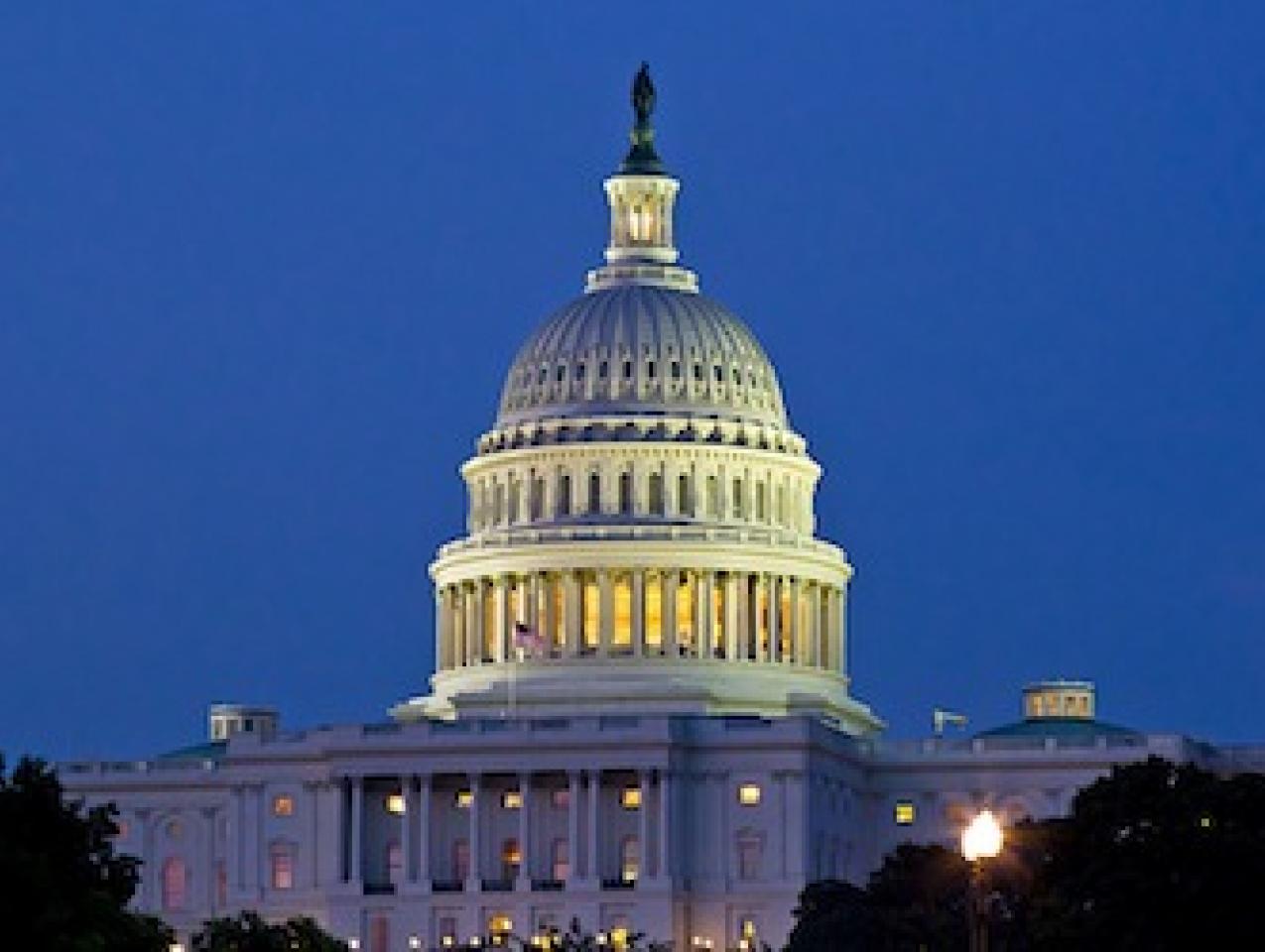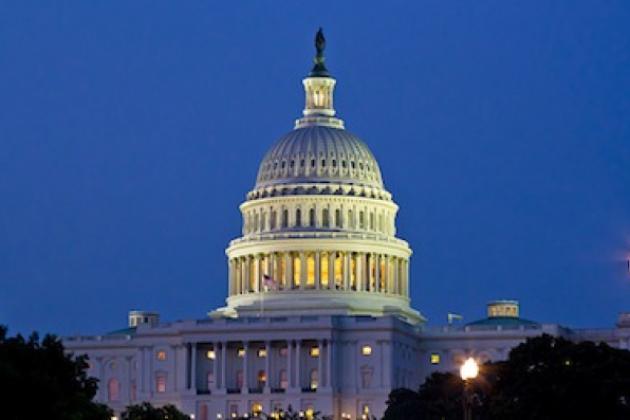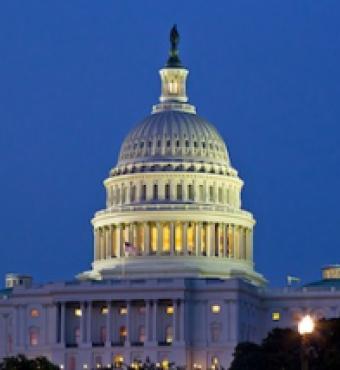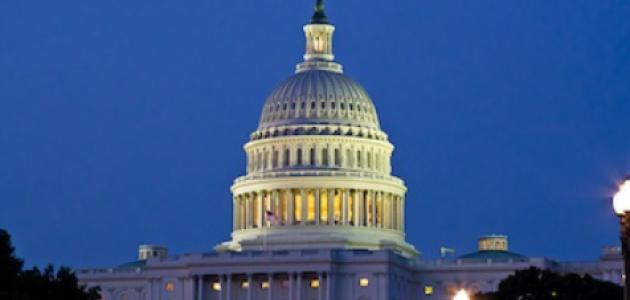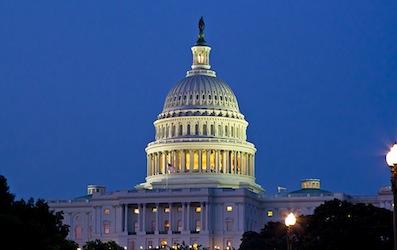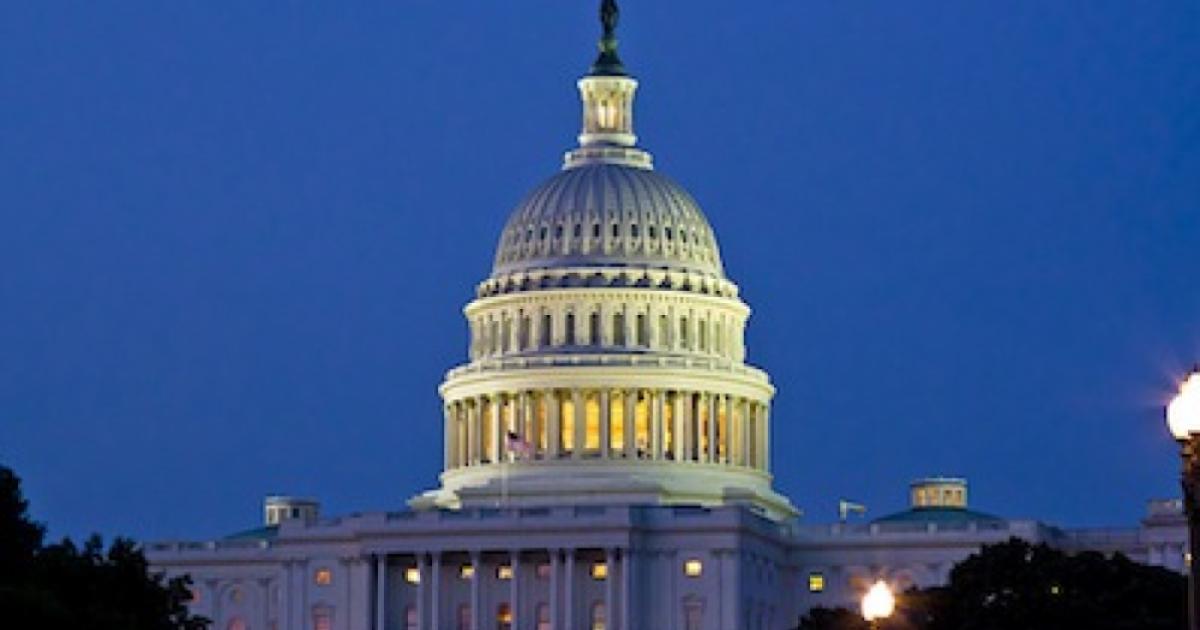“The final conclusion to be drawn from our experience at the end of the last war is inescapable—were the war to end suddenly within the next 6 months, were we again planning to wind up our war effort in the greatest haste, to demobilize our armed forces, to liquidate price controls, to shift from astronomical deficits to even the large deficits of the thirties—then there would be ushered in the greatest period of unemployment and industrial dislocation which any economy has ever faced.”
—Paul Samuelson, 1943
“[A]t the end of 1946, less than a year and a half after V-J day, more than 10 million demobilized veterans and other millions of wartime workers have found employment in the swiftest and most gigantic change-over that any nation has ever made from war to peace.”
—Harry S. Truman, January 1947
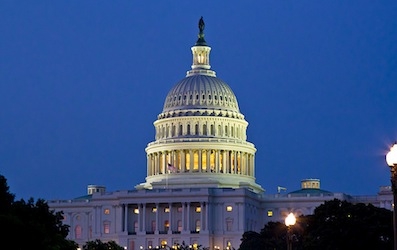
Photo credit: KP Tripathi
We often hear that big cuts in government spending over a short period of time are a bad idea. The argument against big cuts, typically made by Keynesian economists, is twofold. First, large cuts in government spending, with no offsetting tax cuts, will lead to a large drop in aggregate demand for goods and services, thus causing a recession or even a depression. Second, with a major shift in demand (fewer government goods and services and more private ones), the economy would experience a wrenching readjustment, during which many people would become unemployed, and the economy would slow down.
But if such claims were true, wouldn’t history confirm them? And wouldn’t the decline in the economy be large when the government cuts spending a lot? That’s certainly what the late Keynesian economist Paul Samuelson thought. Well, Samuelson was wrong, and not just wrong, but spectacularly wrong.
In a 2010 study for the Mercatus Center at George Mason University, I examined the four years from 1944, the peak of World War II spending, to 1948. Over those years, the U.S. government cut spending from a high of 44 percent of gross national product (GNP) in 1944 to only 8.9 percent in 1948, a drop of over 35 percentage points of GNP. The result was an astonishing boom. The unemployment rate, which was artificially low at the end of the war because many millions of workers had been drafted into the U.S. armed services, did increase. But between 1945 and 1948, it reached its peak at only 3.9 percent in 1946. From September 1945 to December 1948, the average unemployment rate was 3.5 percent.
Most of the policies that Samuelson had feared actually happened, and in spades. Price controls were eliminated. Not only was the federal budget deficit decreased, but also, in 1947, the budget surplus was over 5 percent of GNP. Demobilization happened big-time. Between 1945 and 1947, when the postwar transition was complete, the number of people in the armed forces fell by 10.5 million. Civilian employment by the armed forces fell by 1.8 million, and military-related employment in industry fell off the cliff from 11.0 million to 0.8 million. As demobilization proceeded, optimistic employers in the private sector scooped up millions of the soldiers, sailors, and others who had been displaced from the armed forces and from military industries.
What Do You Believe: The Official Data or Your Own Lying Eyes?
According to official government data, in 1946, the U.S. economy suffered the worst one-year recession in its history. The official data show a 12-percent decline in real GNP after the war. That certainly sounds like a depression. So, is the story about a postwar boom pure myth? No. What is mythical are the government’s data. Ask most people who were young adults in those years (a steadily diminishing number of people, so talk to them soon) about economic conditions after the war, and they will talk about “the postwar boom.” Why is there such a disconnect between their perceptions and the data? There are two reasons.
The first is what economists call an “index-number problem.” When price controls were removed after the war, prices shot up. Therefore, the prices used to convert nominal GNP into real GNP made real GNP look lower than it actually was. Milton Friedman and Anna J. Schwartz note in their modern classic, A Monetary History of the United States, 1867– 1960:
The jump in the price index on the elimination of price control in 1946 did not involve any corresponding jump in “prices”; rather, it reflected largely the unveiling of price increases that had occurred earlier.
Consider the following example. Imagine that the free-market price of a pound of filet mignon during the war was $1.40 a pound. But imagine further that the government’s price controllers had set the price at $1.00 a pound. Then, when the price control was removed, the price would have shot up to $1.40 a pound. Inflation statistics would have recorded some amount of inflation due to this large price increase. But those statistics would have overstated the real price increase because getting beef at $1.40 a pound would have been better for many of the people who couldn’t, because of the wartime beef shortage, get it at $1.00 a pound.
The second reason that the government’s data are mythical is that GNP and GDP, which are supposed to measure the value of production, instead measure government spending on goods and services at their costs—that is, at the
prices the government paid for them. But we have no idea what those goods and services bought by the government during the war were actually worth. So we can’t straightforwardly compare GNP during the war with post-war GNP.
If we can’t compare, then why do I say that there was a postwar boom? Because people bought cars, houses, gasoline, tires, sugar, nylons, meat, and other products that they were unable to buy during the war. Also, one important piece of information was not subject to the same measurement problem that the GNP data were: namely, the unemployment rate. As noted, that was under 4 percent.
But why did this postwar boom occur? The answer, in a nutshell, is that the U.S. economy went from being centrally planned, with price controls and government allocation in large sectors of the economy, to being much more free market. During the New Deal, Franklin Roosevelt had many advisors who were hostile to free markets. But during the war, Roosevelt, although he centrally planned the economy for the duration, kicked out most of his anti-market advisors, people like Ben Cohen, William O. Douglas, trust-buster Thurman Arnold, price controller Leon Henderson, and Felix Frankfurter. In 1945 and 1946, Harry Truman got rid of the remaining New Dealers, including two of the most prominent ones: former Vice President Henry Wallace and Harold Ickes.
As a result of these changes, writes economic historian Robert Higgs, “Investors were then much more willing to hazard their private property than they had been before the war, as both survey data and financial market data confirm.”
And invest they did. Gross private domestic investment was $44.4 billion in 1941 (in real 1964 dollars). For all of the war years, it was half or less than that 1941 level. In 1946, it shot up to $51.7 billion, grew slightly to $51.8 billion in 1947, and then grew to $60.6 billion in 1948.
The Keynesian Response
Keynesians and others have their own explanations for why the Keynesian predictions of postwar economic disaster did not come to pass. The three most popular are: Rosie the Riveter left the labor force; the G. I. Bill put many returning soldiers in college rather than into the workforce; and the American people stopped saving and started spending the money they had accumulated during the war. The data, however, do not support these explanations.
Rosie Goes Home
“There was no surge in unemployment,” goes the first explanation, “because women left the defense plants and went back to being housewives and raising families.” This explanation is half true and totally misleading. First, approximately half of the women who entered the labor force in the early 1940s stayed in it after the war. The number of women in the labor force rose from 14.5 million in 1941 to a peak of 19.4 million in 1944, declining to 16.9 million in 1947. In other words, of the 4.9 million women who entered the labor force between 1941 and 1944, 2.4 million stayed in the labor force. Thus, there was still a need for millions of jobs to open up for newly demobilized male soldiers. The fact that the unemployment rate stayed in the low single digits is an outstanding success story.
Second, what defense plants? Almost all of them shut down or were reconverted to peacetime uses after the war. Women who wanted to stay employed had to find other private work. As Higgs points out, “The real miracle was to reallocate a third of the total labor force to serving private consumers and investors in just two years.”
The G. I. Bill
The second explanation goes, “The economy adjusted smoothly because the G. I. Bill put so many of those 10 million demobilized soldiers and sailors into college.” But at its peak, in September 1946, the G. I. Bill put only 800,000 veterans into college. Had all these veterans been officially unemployed instead, which is unlikely, the unemployment rate would have been higher by only 1.4 percentage points.
Pent-Up Demand and the Drawing Down of Savings
Keynesian economists also explained away why their glum postwar predictions hadn’t come true by arguing that people drew down their savings to finance their “pent-up demand” for the various goods they could not have had during the war: cars, tires, refrigerators, stoves, and so on. In 1943, Samuelson argued that pent-up demand for consumer goods would cushion the blow of demobilization. Cited in almost every textbook on U.S. economic history, this explanation has become orthodoxy. There’s a problem with this explanation, though: It doesn’t fit the evidence.
There are two parts to Samuelson’s explanation. The first, which is plausible, is that there was pent-up demand due to the heavy rationing that the government imposed during the war. People were ready to buy cars, for example, after having not been able to do so for over three years. But even Samuelson pointed out that this would be a short-term cushion at best. Of course, one could argue that the two years from 1945 to 1947 were short term. But then, after this pent-up demand was satisfied, there should have been a major drop in economic activity and a major increase in unemployment in the medium term. That didn’t happen. The unemployment rate was 3.8 percent in 1948 and rose to only 5.9 percent in 1949.
The second part of the explanation is that people drew down the savings that they had accumulated during the war. But if people were drawing down their savings after the war, their rate of saving would have been negative. It wasn’t. While the personal saving rate did fall substantially from a wartime peak of 25.5 percent in 1944 to 9.5 percent in 1946 and 4.3 percent in 1947, it remained positive.
The bottom line is that after the biggest percentage government spending cuts in American history—the cuts in government spending after World War II—the economy boomed. There are, of course, policy lessons to be drawn from the post-war experience—lessons that we can apply to today’s fiscal crisis. Since we must cut the federal budget deficit, the best way to do so is with cuts in spending.
In addition to those factors in the article, consider:
1. There was a dearth of able-bodied male workers post-war. Beyond accounting for the casualties, there was also something of a baby-bust in the Depression era. Women when not excluded from the work force often preferred to be at-home moms, and even if they didn't prefer that, the technologies of the period often forced the issue.
2. The USA was the sole surviving manufacturing, mining, technology, etc power post-war. This advantage, arguably, took another 30 years to wane. Most Americans saw that the gig was up when the Europeans and Japanese made their presence known in, among other places, auto sales in the USA.
3. I'm sure some "Keynesian" somewhere will point out that spending for the Cold War and Korea soon kicked up, as did spending for things like the Interstate system.
But at least it is nice to have this essay diffuse and debate the "Keynesian" arguments.
The reason I use the quotation marks is that I don't believe Lord Keynes would want his work to be used as a justification for every spending request at every level of government. In fact, his work is akin to the "global warming" hysteria we just went through—whatever science there was to either, both were used by politicians and activists to justify lots power and money grabs.
---Tim Wohlford
I have just read the "Fiscal History Lesson" by David R Henderson and was puzzled by his comments about "Ask most people who were young adults in those years (a steadily diminishing number of people, so talk to them soon) about economic conditions after the war, and they will talk about “the postwar boom.”
My father (who would be 89 now if he were still alive), his brother, sister and friends (all of similar age) hailing from Buffalo, New York State which at that time had a lot of heavy industry (think automobile production and Bethlehem steel) have unanimously spoken (when they were alive) of "economic depression" and "doing any job you could find" along with "spent long periods unemployed" until the early 50's when things began to improve. I don't have to talk to these people now because they were talking to me in the 70's and 80's about that time and as you can see, they tell a completely different story to the one David Henderson would have us believe they were saying. Of course it's useful to appropriate sayings to people, most of whom are no longer around to contradict what you say!
---Neil Galletta








